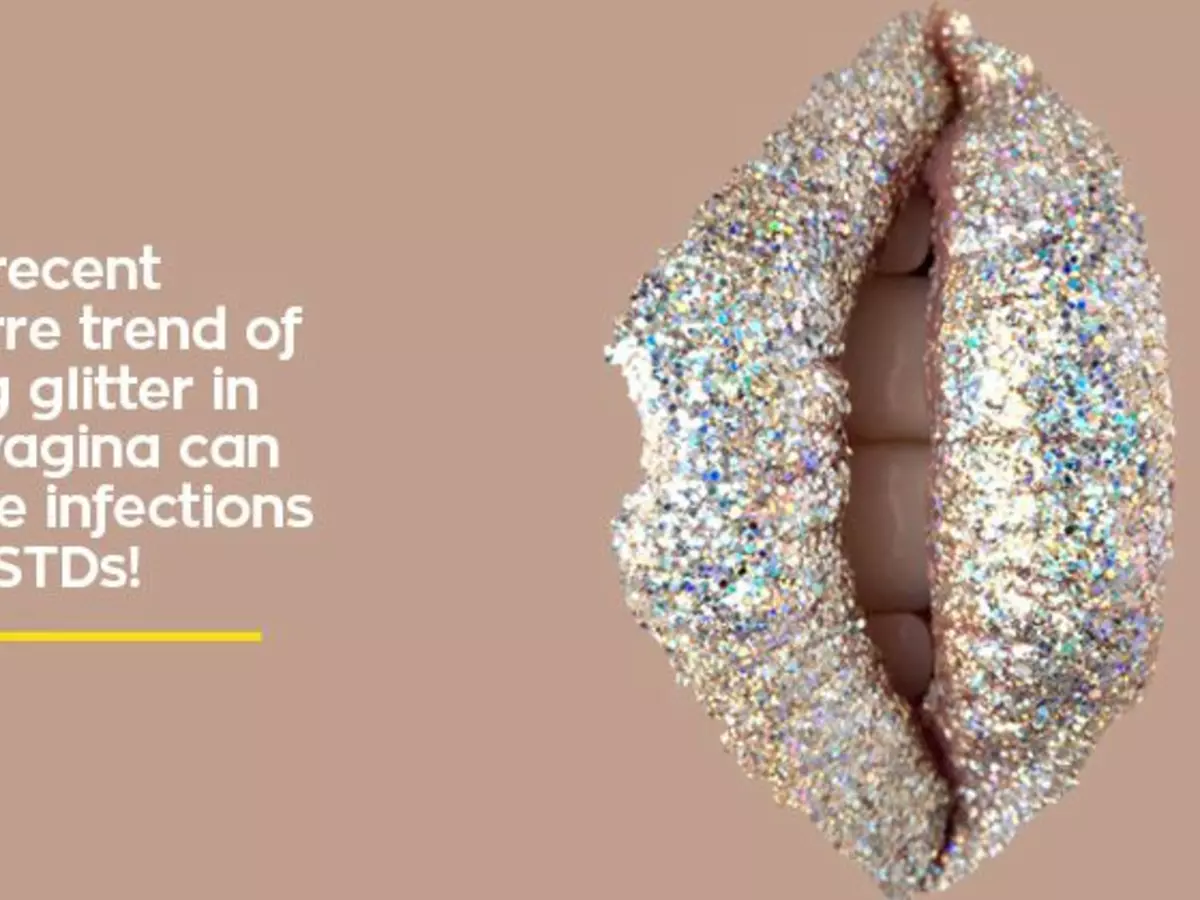All That Glitters May Not Be Gold After All
The ¡®microplastics¡¯ used in glitter is hazardous for the environment and the body

As a mainstay of any celebration, glitter, in all its sparkle, forms an integral part of more celebrations than not. It was even in the limelight for its bizarre usage not too long ago; as the key highlight of a trend that saw women using glitter in their vagina to surprise their lovers!

azetaonline.com.br
The vagina bomb, as it is called, is placed inside a capsule and then put into the vagina before intercourse; to add glitter to bodily fluids and make them smell ¡®candy scented¡¯!
Not surprisingly, however, the vagina bomb can throw the balance of the bacteria in the vagina and also increase the chance of catching sexually transmitted diseases, states Dr Jen Gunter, a top gynaecologist in Canada.

babyology.com
¡°Just because something is safe for your lips, for example glitter lip-gloss, doesn't mean it is safe for the vagina,¡± Dr Gunter warns readers on her blog, as reported in Daily Mail.
Now scientists claim that glitter needs to be banned altogether due to it hazardous environmental impact.
Since glitter is made from plastics, particularly from small size plastics, it¡¯s a potential ecological hazard for the oceans.
¡°I think all glitter should be banned, because it¡¯s microplastics,¡± said Dr Trisia Farrelly, an environmental anthropologist at Massey University, as reported by the Independent UK.

plastjepast.cz
Microplastics, a plastic that measures less than 5 millimeters in length, makes them an innovative but dangerous ¡®food ingredient¡¯ for animals.
The world¡¯s ocean is polluted by at least 51 trillion fragments of microplastics in total. With marine life like fish and plankton found to be eating these fragments of plastic, they end up in our system when we consume seafood.
They¡¯ve also started showing up in our tap water and other sources of water we consume in large quantities!

q8india.com
What¡¯s worse is that microplastics can be broken down even further into tinier particles called microbeads that are used extensively in cosmetics and other health products.
¡°When people think about glitter they think of party and dress-up glitter. But glitter includes cosmetic glitters as well, the more everyday kind that people don¡¯t think about as much.¡± said Dr Farrelly.
Dr Farrelly has investigated that PET, a plastic used in most common types of glitter, can break down, releasing chemicals that disrupt hormones in both animals and human beings.

ifpec.org
The chemicals released by this plastic has been linked to cancers and neurological diseases.
While the UK hopes to put a ban on microbeads by next year, once scientists reveal the their devastating impact, the steps the rest of the world takes on this matter remains to be seen.








